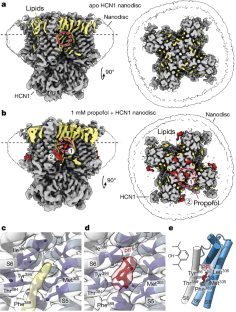2024-07-31 マックス・プランク研究所
<関連情報>
- https://www.mpg.de/22338550/0731-balt-tiny-tubes-in-the-brain-155436-x?c=2249
- https://www.cell.com/neuron/fulltext/S0896-6273(24)00491-4
ナノチューブのトンネル形成により、ミクログリアが凝集体が誘発する神経細胞の機能不全と死から神経細胞を救う Microglia rescue neurons from aggregate-induced neuronal dysfunction and death through tunneling nanotubes
Hannah Scheiblich,Frederik Eikens,Lena Wischhof,…,Ronald Melki,Hans-Christian Pape,Michael T. Heneka
Neuron Published:July 25, 2024
DOI:https://doi.org/10.1016/j.neuron.2024.06.029
Highlights
- α-syn and tau trigger tunneling nanotube formation between microglia and neuron
- Tunneling nanotubes facilitate the relocation of α-syn and tau into microglia
- Microglia donate healthy mitochondria to α-syn- and tau-burdened neurons
- Exchange of mitochondria rescues neurons from oxidative stress and dysfunction
Summary
Microglia are crucial for maintaining brain health and neuron function. Here, we report that microglia establish connections with neurons using tunneling nanotubes (TNTs) in both physiological and pathological conditions. These TNTs facilitate the rapid exchange of organelles, vesicles, and proteins. In neurodegenerative diseases like Parkinson’s and Alzheimer’s disease, toxic aggregates of alpha-synuclein (α-syn) and tau accumulate within neurons. Our research demonstrates that microglia use TNTs to extract neurons from these aggregates, restoring neuronal health. Additionally, microglia share their healthy mitochondria with burdened neurons, reducing oxidative stress and normalizing gene expression. Disrupting mitochondrial function with antimycin A before TNT formation eliminates this neuroprotection. Moreover, co-culturing neurons with microglia and promoting TNT formation rescues suppressed neuronal activity caused by α-syn or tau aggregates. Notably, TNT-mediated aggregate transfer is compromised in microglia carrying Lrrk22(Gly2019Ser) or Trem2(T66M) and (R47H) mutations, suggesting a role in the pathology of these gene variants in neurodegenerative diseases.
Graphical abstract



